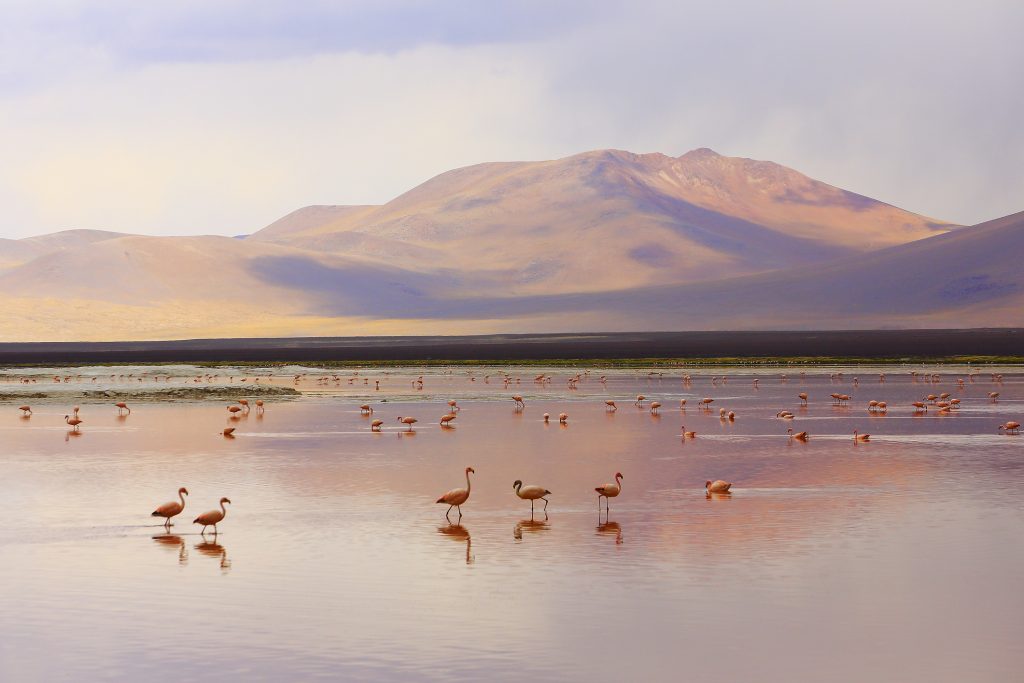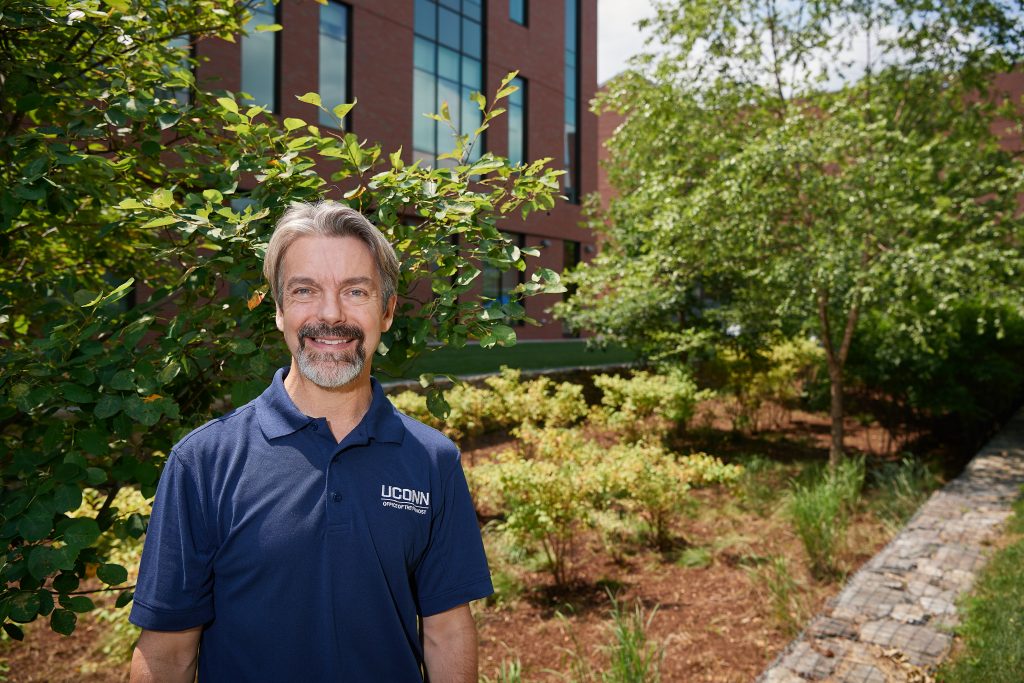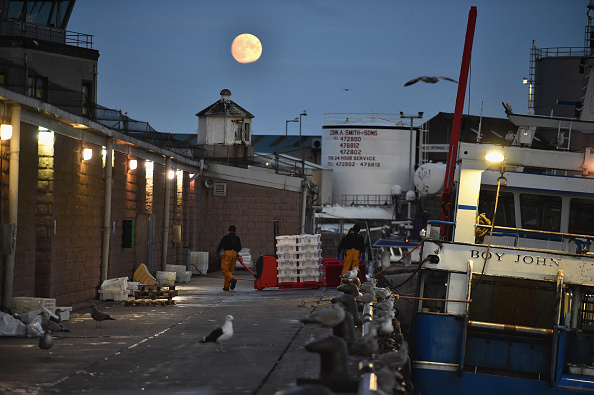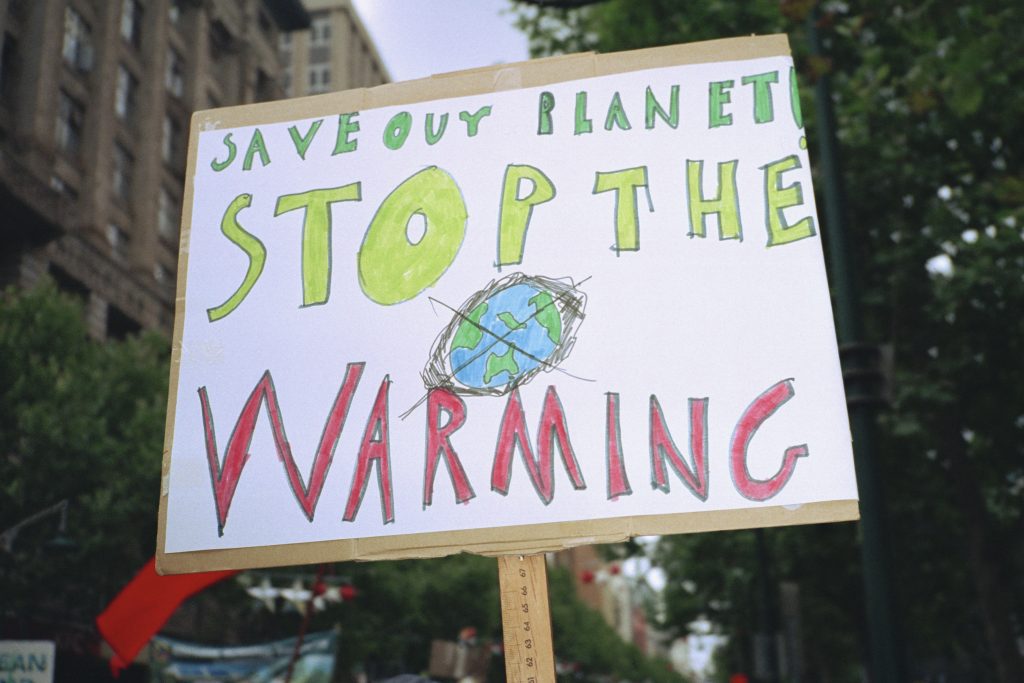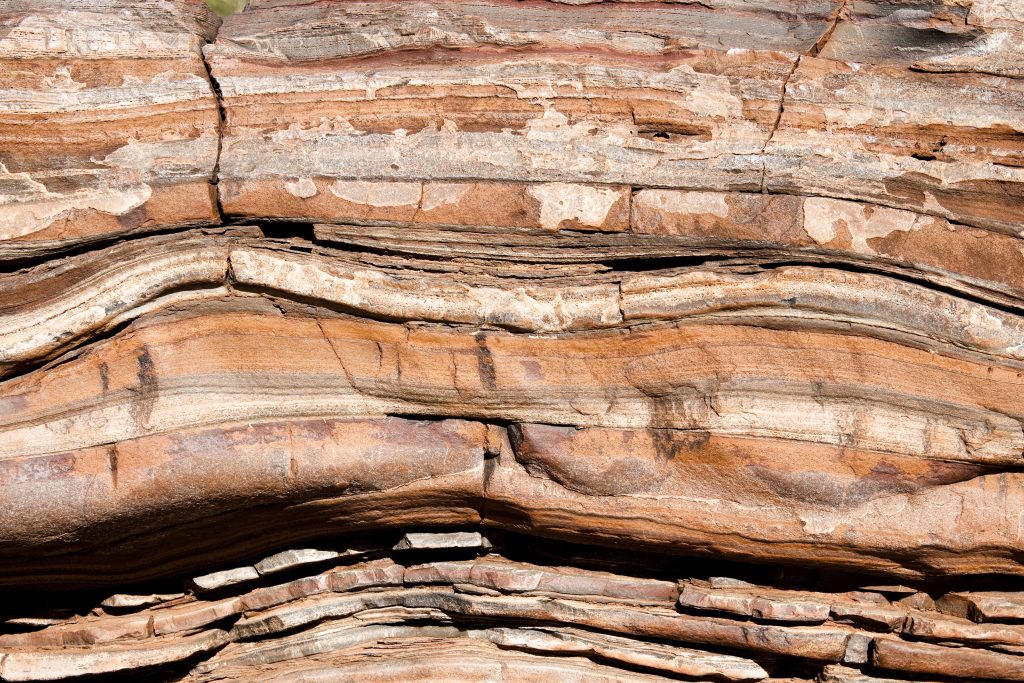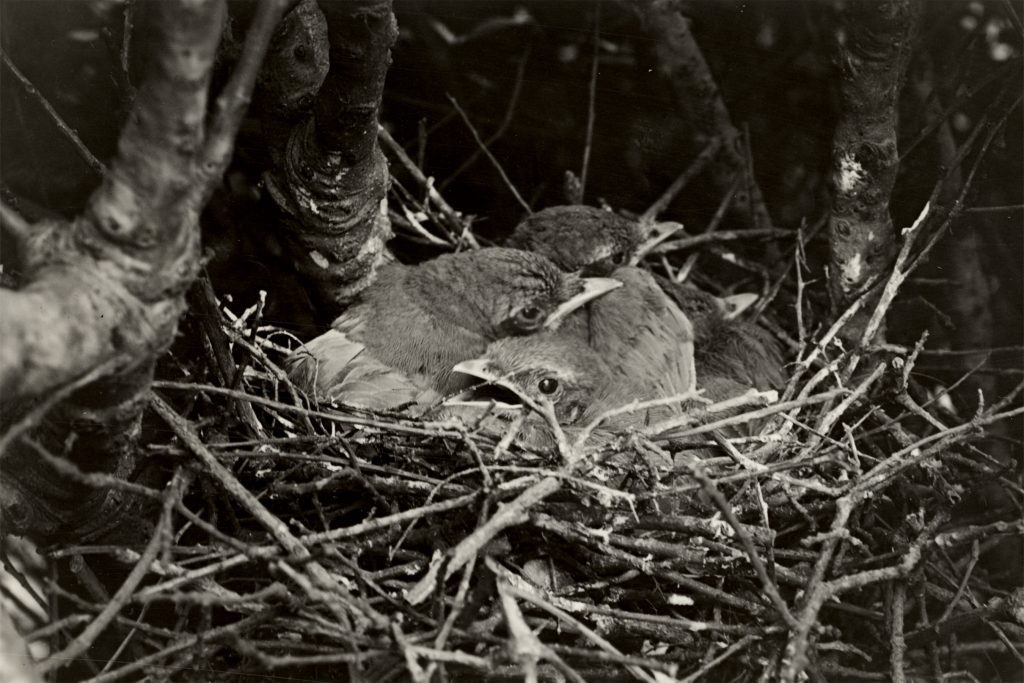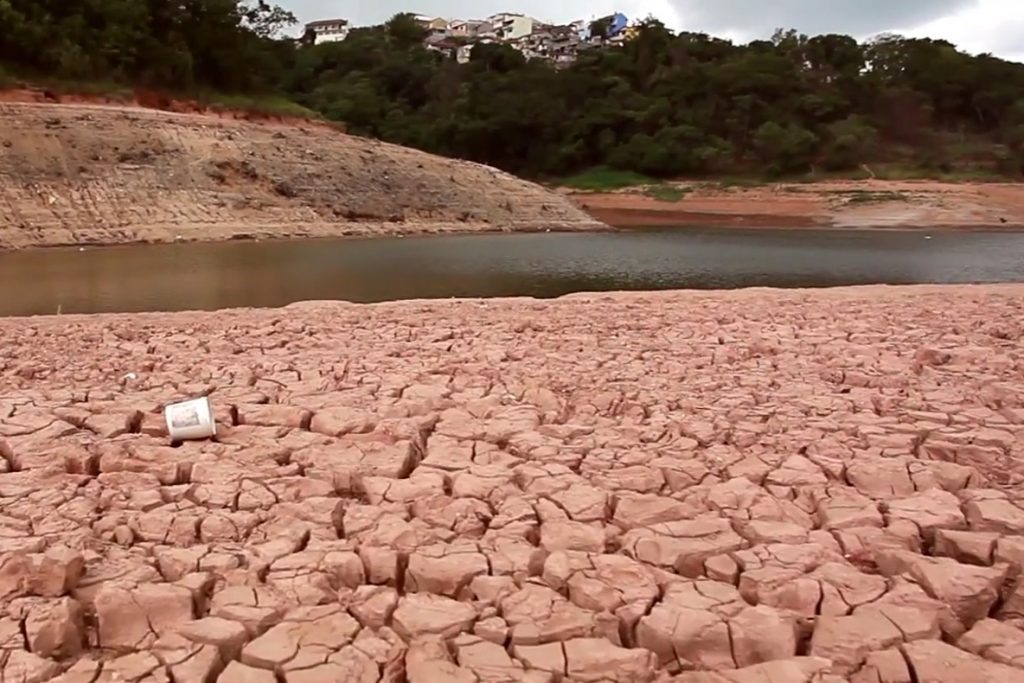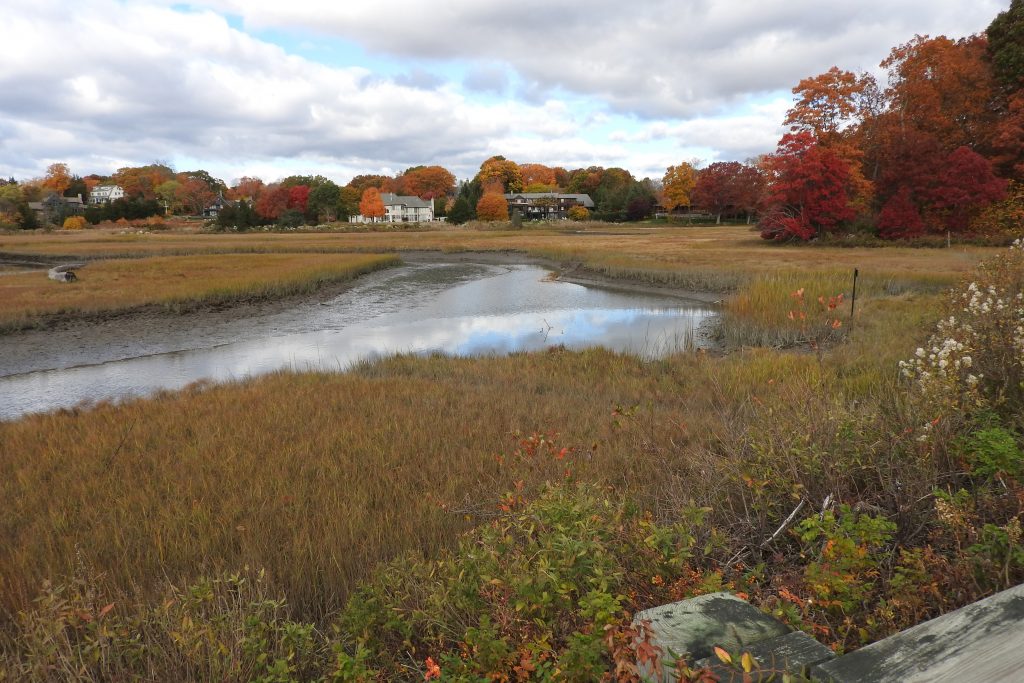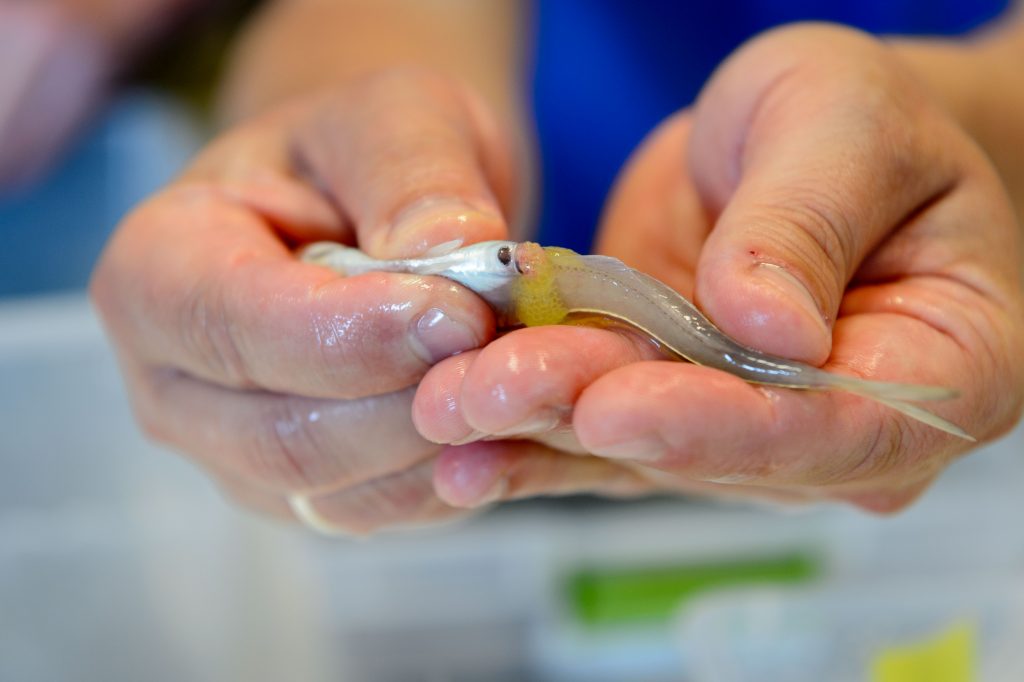Climate change
How Virtual Worlds Can Recreate the Geographic History of Life
Although our computer simulations were not designed to predict the future, they vividly reveal the dynamic power of climate change to shape life on Earth, write a UConn professor and former student.
July 20, 2018 | Robert K. Colwell, Distinguished Research Professor at UConn, and Thiago F. Rangel, Professor of Ecology, Universidade Federal de Goias.
Working Toward Sustainable Solutions
Introducing a new series about UConn environmental research, vice provost John Volin says the political focus on climate change often overshadows important issues of environment and sustainability.
July 12, 2018 | John Volin, vice provost for academic affairs
Scientists are Using DNA to Study Ocean Life and Reveal the Hidden Diversity of Zooplankton
'Except for scientists who study them, few people are aware that marine zooplankton are among the most numerous – and important – animals on Earth,' says marine sciences researcher Ann Bucklin.
June 18, 2018 | Ann Bucklin, Department of Marine Sciences
Republicans More Persuasive than Scientists on Climate Change
Regardless of political affiliation, people are more likely to believe facts about climate change when they come from Republicans speaking against what has become a partisan interest in this country, says a new UConn study.
April 18, 2018 | Kristen Cole
New Method Unearths Climate Data from Ancient Soils
UConn researchers analyzed leaf wax compounds in soils to reconstruct ancient climates, with a view to better understanding the impact of future climate change.
March 2, 2018 | Elaina Hancock
How Birds are Rescheduling their Lives Around Climate Change
'We were expecting them to only move in space, but we’ve demonstrated they also move in time,' says UConn researcher Morgan Tingley.
November 13, 2017 | Elaina Hancock
Using Social Media to Take on Climate Change
Two UConn graduate students are on a mission to change the world one video at a time.
October 3, 2017 | Jessica McBride, Office of the Vice President for Research
Some Land Conservation Measures Are Unpopular Among Property Owners
Since private landowners are critical partners in efforts to save coastal marshes, identifying the best strategies will be essential to success.
August 7, 2017 | Judy Benson, Connecticut Sea Grant
Heat Waves Threaten City Dwellers, Especially Minorities and the Poor
'One or two degrees may not seem like much, but for especially vulnerable groups like the elderly, the sick, the poor, pregnant women, and infants, it may be enough to tip the scales,' says anthropologist Merrill Singer.
August 7, 2017 | Merrill Singer, Department of Anthropology
Studying Silversides
Marine scientist Hannes Baumann is studying how Atlantic Silverside fish are reacting to climate change and other human-caused changes in coastal waters.
July 7, 2017 | Combined Reports
